By Gabriel Weinstein
 Optimism and excitement for the new year still permeate the crisp winter air as in the second week of 2011. Lofty New Years vows to cut down on late night snacks or quit watching reality TV shows are still manageable goals and not forgotten ideals.
Optimism and excitement for the new year still permeate the crisp winter air as in the second week of 2011. Lofty New Years vows to cut down on late night snacks or quit watching reality TV shows are still manageable goals and not forgotten ideals.
Only four months ago the same unencumbered joy and boundless passion sprung forth from synagogues and family dinners during Rosh Hashanah. We penned our New Years resolutions during the Aseret Yemei Teshuvah and wished “L’Shanah Tovah.” Despite the overlap between Rosh Hashanah and New Years, a majority of Jews propose midnight toasts New Years Eve and watch the ball drop. But for hundreds of years Jews anxiously awaited midnight as gentile peers rang in the New Year by unleashing waves of violence on January 1.
In much of the European world, New Years Eve is called “Sylvester” in honor of Pope Saint Sylvester. Saint Sylvester was an integral figure in passing anti-Semitic legislation at the Council of Nicaea (325 C.E.) and prohibiting Jews from living in Jeruslaem (a fact lost on the many Israelis, who brought the terms over from Europe).
The New Years holiday regained prominence in the late 1500’s when Pope Greogry XIII designated January 1 as a day for Catholics to antagonize their Jewish peers. Gregory picked January 1 because it is believed to be the date of Jesus’s circumcision. On New Years Day 1577, 1578 and 1581 Gregory decreed policies forcing Jews to listen to Catholic conversion sermons after Kabbalat Shabbat services, pay taxes to support a “House of Conversion” for Jewish citizens and had troops seize Jewish literature in Rome.
Before New Years Eve and Day were marred by violent anti-Semitic outbreaks Jews still did not fully embrace the holiday. During the days of Roman Empire New Years Eve was known as the Kalendae Januariae festival. Talmudic Rabbis had a litany of reasons for opposing the holiday. Their hate for the holiday stemmed from beliefs the holiday was a diluted version of a Biblical New Years Celebration, imbued with Roman mythology and venerated “The Kingdom of Wickedness”-Rome. In the Mishnah (Avodah Zarah 1:3) the Rabbis forbid Jews from engaging in business with gentiles during the holiday to ensure Jews do not provide additional joy or appear to endorse the worship of idols.
Third century Talmud scholar Rav believed the biblical figure Adam created Kalendae Januariae as a solstice festival. According to Rav, Adam believed that the diminishing daylight and beckoning winter foreshadowed the end of the universe. Adam thought a serpent was devouring the universe and the world’s daylight. When sunlight increased at the Winter Solstice instead of an apocalypse, Adam allegedly proclaimed the Greek phrase “Kalon Dio”, roughly translated as “May the Sun Set Well”, “Praise Be to God” or “Beautiful Day”. Talmudic authorities believed that since Adam’s celebration of Kalendae Januariae, his offspring marked the solstice in some form.
Rav Yohanan offered a different explanation of Kalendae Januariae’s origins. According to Rav Yohanan, the holiday honors Januarius, a Roman general who fell on his sword in war to ensure Roman victory and plush administrative positions for his twelve sons. But other scholars believe Rav Yohanan’s interpretation fails to acknowledge Kalendae Januariae’s religious overtones.
Januarius is most likely an allusion to the Roman god Janus, who the month of January is named for. Janus had two faces, and was able to look at the past and present simultaneously. Janus’s unique ability made him the perfect God to honor at the dawning of a new year when we reflect on the past year and plan for the upcoming months. Some posit Kalendae Januariae is an occasion to celebrate Janus’s status as a god of Light and Day. This interpretation meshes with Rav’s interpretations of New Years.
Resentment towards the secular New Years celebration has significantly subsided since Talmudic times as Rabbinic authorities now acknowledge and in some cases encourage the celebration of New Years. Rabbi Tzvi Shapiro characterizes New Years as a holiday that has lost its religious overtones and become completely secular, making its observance palatable. According to Shapiro, Jewish law does not explicitly forbid observing widely celebrated holidays such as New Years and Valentines Day.
While Shapiro tepidly endorses celebrating New Years, Rabbi Brad Hirschfield gives the holiday a strong endorsement. Hirschfield emphasizes approaching New Years from a Jewish outlook and incorporating Jewish ideals into New Years resolutions. He encourages consulting Jewish views on the power of words, vows and balanced lifestyle when formulating New Years resolutions. Hirschfield justifies the celebration of the secular New Year by citing the Mishnah’s recognition of multiple New Year celebrations such as Rosh Hashanah, Tu B’Shvat, the first of Nisan and the first of Elul.
The observance of the secular New Years celebration is a microcosm of Jewish cultural development over the last thousand years. Initially deemed a vestige of foreign oppressor, secular New Years is one of many festivals Jews celebrate. Yet, whether secular New Years will eclipse the sentiments of redemption and renewal espoused during Rosh Hashanah remains to be seen.


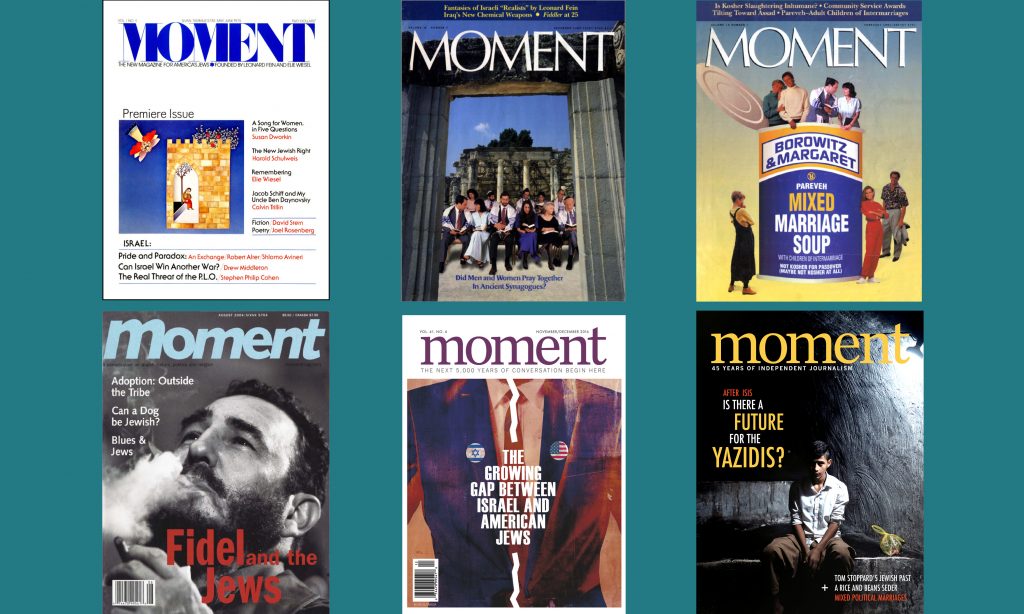



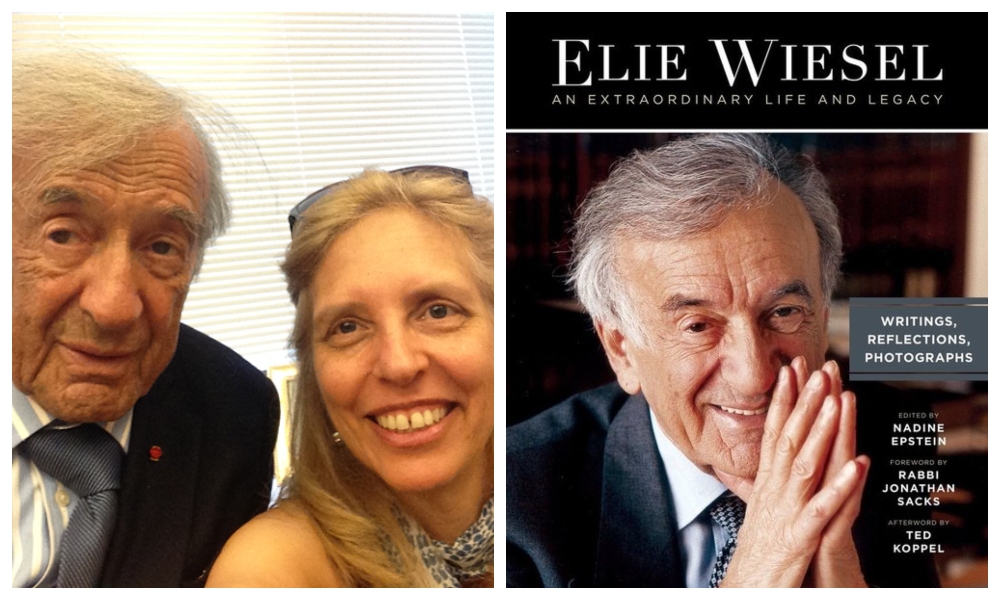
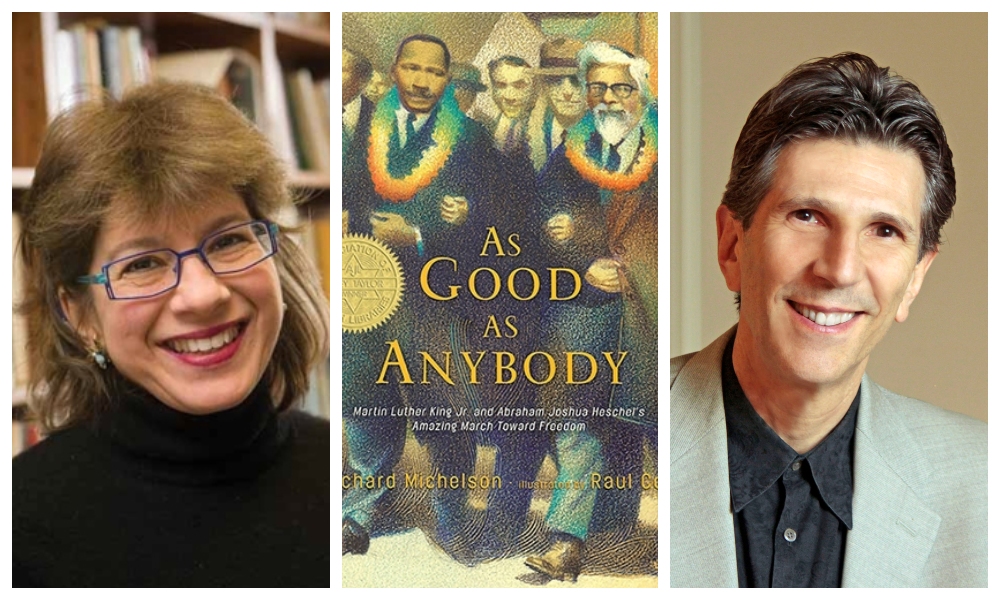


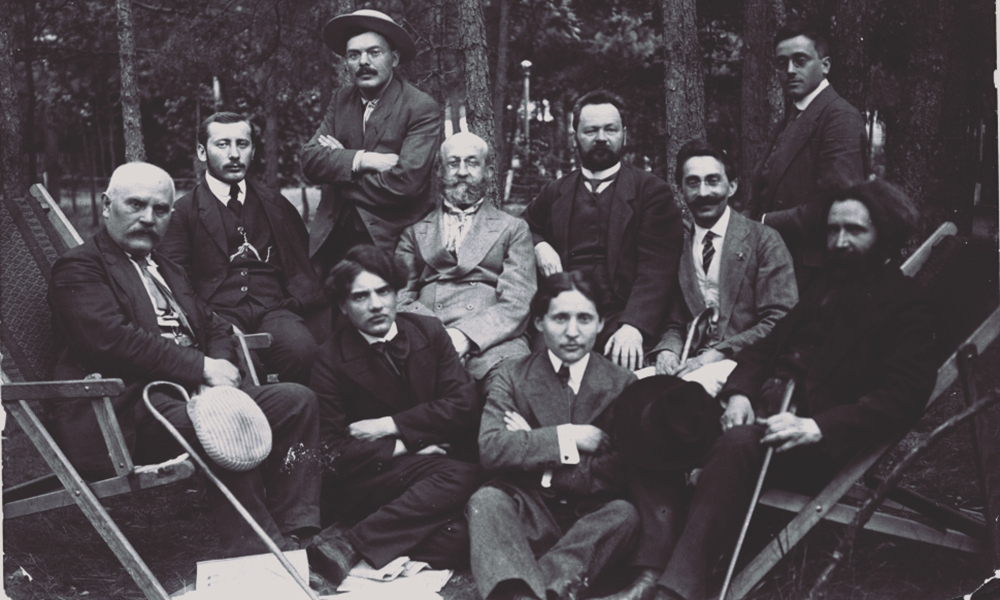
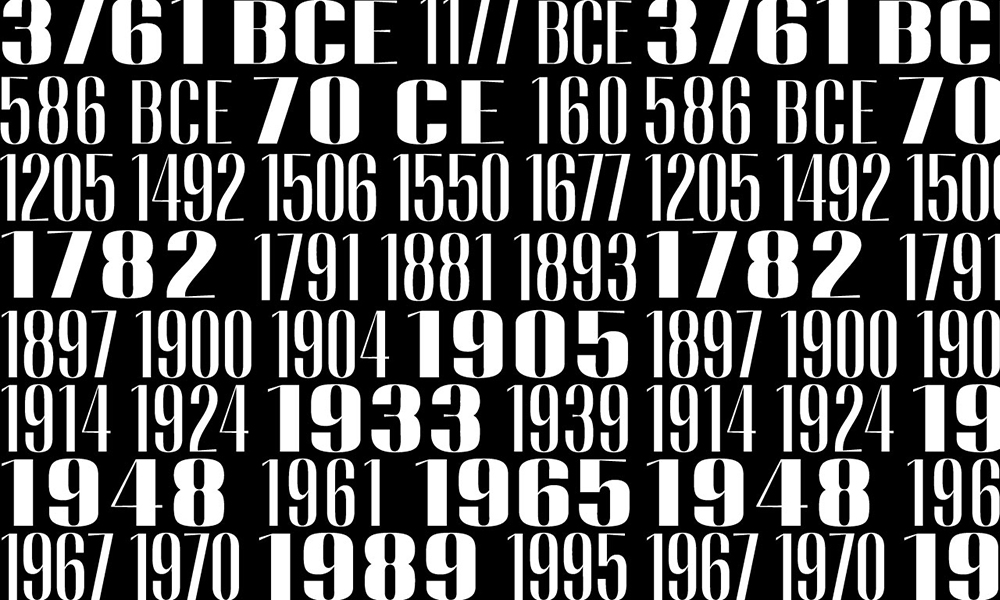
One thought on “A Tale of Two New Years”